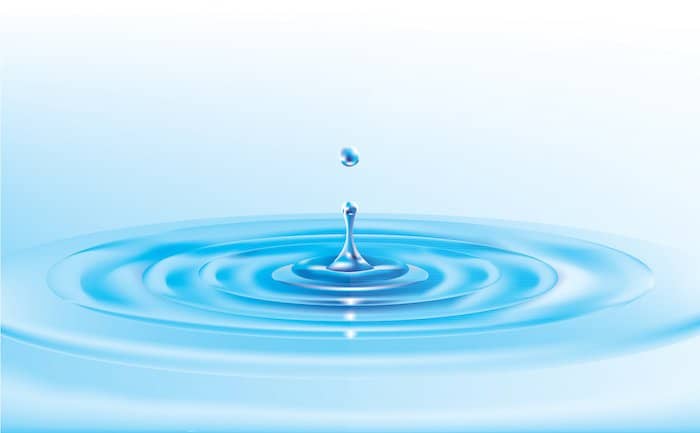There are many factors that go into making sure California has clean, fresh, uncontaminated water for its residents to drink. Cortech provides all types of equipment to its clients to aid in the treatment process of wastewater. There are many new ways of eliminating waste and other pathogens from water today, and Cortech is at the forefront of aiding in innovative and efficient ways to clean, purify, and transport fresh water when it is so desperately needed around the world. But, even with companies like Cortech working tirelessly to find new and viable sources of freshwater, water quality is still a struggle in many places, California being one of them.
Water quality regulations first came to pass in California in the 1960s and 1970s. Many acts were passed in those decades to ensure Californians had clean water coming out of their taps. With the passing of California’s Porter-Cologne Water Quality Control Act and the federal Clean Water and Safe Drinking Water Act, large bodies of water became protected against discharges of pollution. While this was a major step towards keeping pollution out of California’s drinking water, there were and are still many ways contaminants find their way into the state’s water. Pollutants such as nitrate, arsenic, and chromium-6 seeps into the ground water from farm runoff and commercial runoff. Once again, regulations were set up to limit this form of contamination, but nothing has eliminated it completely.
The challenge now is how to better uphold the current restrictions that are in place. The solution to this problem can be found in a new way of thinking about pollutants. How do we stop the pollutants before they even reach the water at all? One major way to do this is by revamping the storm drain system. This is a very expensive task, but one that many believe can greatly improve the water quality in California.
Two other big problems are the presence of salt in the ground and California’s ongoing drought. There is a large quantity of salt found in the ground in California that contributes to the declining water quality. Couple that with the drought, and the salt permeation is at an all-time high. The drought also threatens aquatic life and is increasing the amount of algetic blooms in the state.
With the aid of Cortech and others who are striving to find better and more efficient ways of decontaminating wastewater, California could be on its way to finding new sources of fresh water. Technology will continue to progress the state towards better and more effective ways of reducing contaminants in the water and increasing the amount of freshwater available to residents.
- Burlingame Engineers
- Cortech Engineering
- Turbo Machinery
- Turbo Machinery
- Burlingame Engineers
- Cortech Engineering

